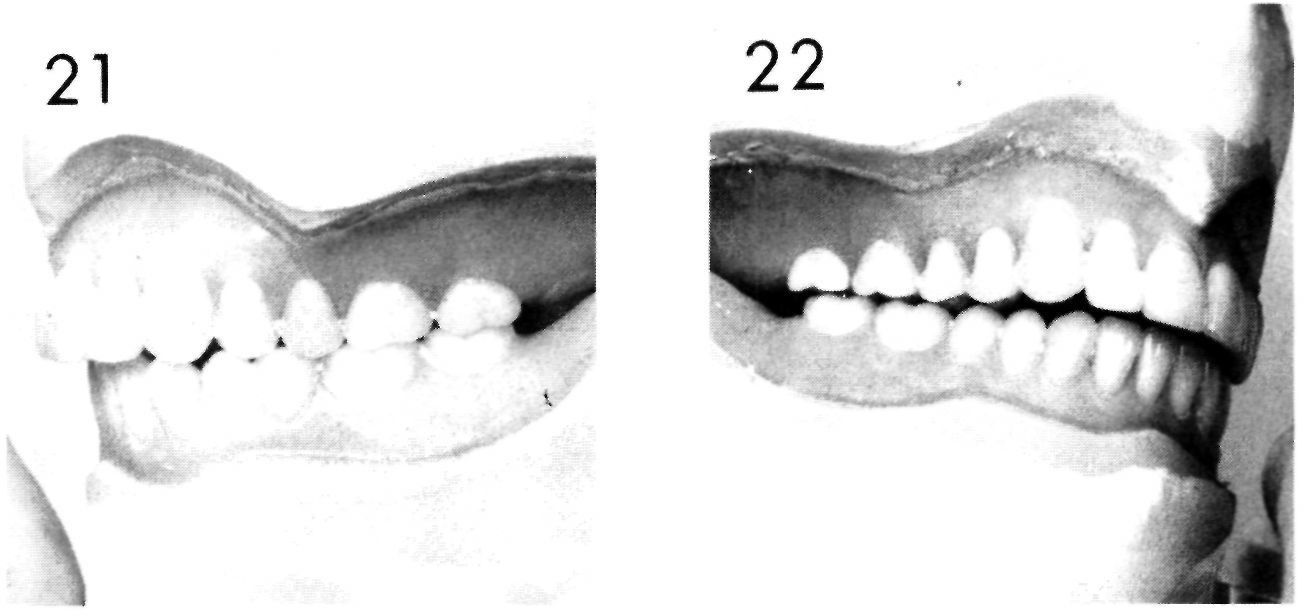Figure 3 The casts are attached to the plaster mounts by placing impression plaster around the junction between the cast and the plaster mount. Impression plaster maintains a better bond and is quicker and easier to use than sticky wax.
Figure 4 The casts and their plaster mounts are returned to the articulator. Use the same articulator as each articulator may have small variations.
Figure 5 The incisal pin of the articulator does not contact the incisal guide table when the dentures are remounted. Usually there will be 1 to 1½ mm. of pin opening if the proper techniques have been followed throughout the investing and packing procedures. Excessive pin opening is an indication that the flasks were not closed before the dentures were processed. If the pin touches, the dentures may have been under-packed.
Figure 6 The materials required for selective grinding are a dental handpiece, suitable stones, articulating paper (preferably red and blue), and milling paste.
Figure 7 The teeth are checked visually before articulating paper is inserted between them.
Figure 8 A piece of red articulating paper is inserted between the teeth and they are tapped together gently but firmly. This is repeated on both sides.


At this time it must be emphasized that the articulator has to be handled correctly to insure that the teeth will follow the movements of the articulator. While checking for centric occlusion, the articulator must be locked in the centric position. When moving the articulator in subsequent steps, it must be handled as shown in the illustrations in Section 7.
Figure 9 This illustrates that the first contact occurs on the maxillary right second premolar and the maxillary left second molar. It must now be determined whether or not the maxillary or mandibular teeth will be ground.
Figures 10, 11 and 12 Blue articulating paper is next inserted between the teeth and the teeth are moved in lateral and protrusive excursions. It must now be determined whether the cusp or the opposing fossa should be relieved.
It is a relatively simple matter to make the foregoing determination. If a cusp is high in centric and also in excursive movements, the cusp is ground. If the cusp is high in centric occlusion but is not high in excursive movements, then the opposing fossa must be ground. It is particularly important to check balancing and protrusive movements before grinding is begun.
Figure 13 In this denture, the maxillary interferences are reduced, as these points are “high” in centric and excursive positions.

Figure 14 Centric occlusion is refined as described above until the pin touches the incisal guide table and the posterior teeth touch uniformly.
Figures 15 and 16 This illustrates the distribution of the markings which occur on the teeth after centric occlusion has been refined through selective grinding procedures. Note that the marks are distributed evenly throughout the teeth. This is the general pattern which is desired after centric occlusion has been refined.
Figures 17 and 18 When refining excursive
Stay updated, free dental videos. Join our Telegram channel

VIDEdental - Online dental courses




